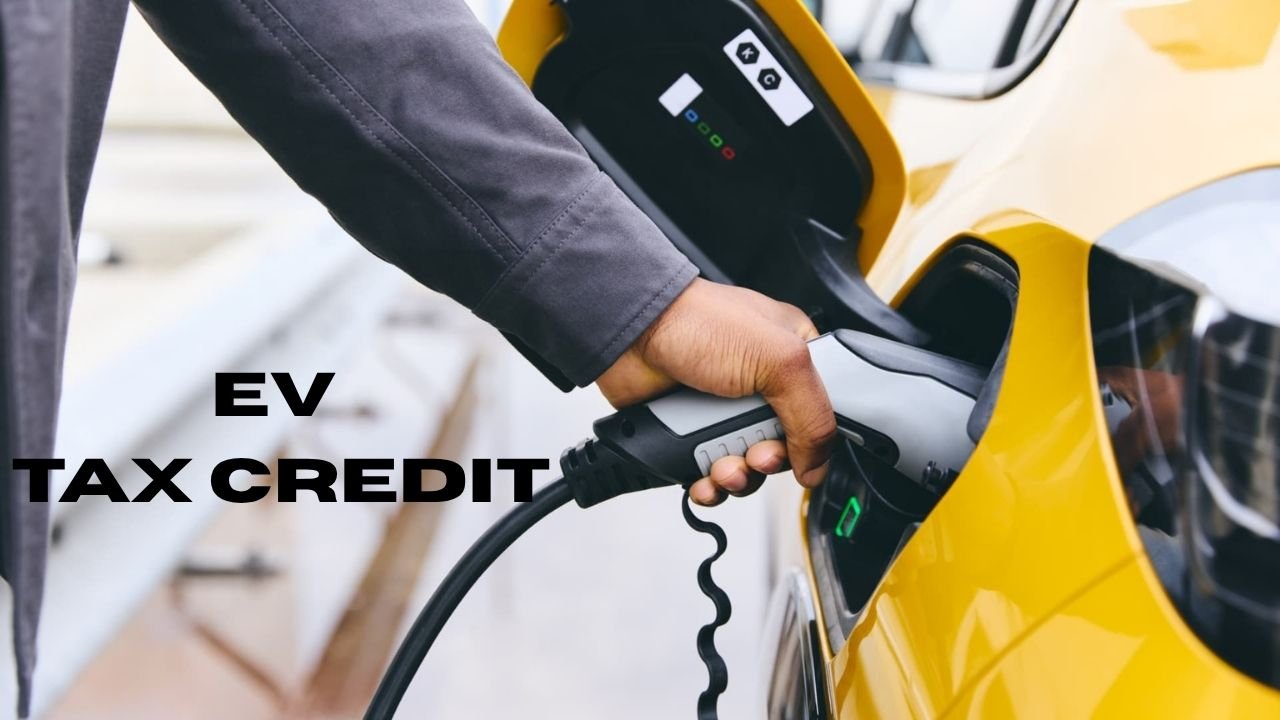The federal electric vehicle (EV) tax credit, worth as much as $7,500, is ready to run out for cars “received after Sept. 30” below a regulation passed in July. Many assumed this intended purchasers needed to take transport of their EVs by way of the quit of September, leading to worries amongst the ones waiting for delayed orders.
However, clean guidance issued by the Internal Revenue Service (IRS) on August 21 has clarified the guidelines. Buyers who have a written, binding settlement in vicinity and make a price, which include a deposit or change-in, on or before September 30 can still claim the tax credit despite the fact that they get hold of their vehicle after this date. This adjustment presents a important possibility for clients amid supply chain delays and backlogs in EV deliveries.
Understanding the $7,500 EV Tax Credit
The $7,500 federal EV tax credit is available to qualified buyers of new electric vehicles, including plug-in hybrids and battery electric cars. It reduces your federal income tax liability directly, meaning eligible buyers can save up to $7,500 when filing taxes.
Eligibility Requirements Include:
- The vehicle must be purchased new and meet battery and assembly requirements.
- Income limits apply based on your tax filing status.
- Vehicles must meet domestic content requirements under recent legislation.
Traditionally, buyers could only claim the credit in the year they took delivery of the vehicle. But supply chain issues have caused delays, leaving many buyers uncertain about their eligibility.
Steps to Lock within the EV Tax Credit
Consumers can nevertheless secure the $7,500 incentive through acting quickly before the September 30 closing date. The IRS guidance highlights the subsequent steps:
- Select an eligible EV – Confirm with the dealership that the version is certified under federal requirements.
- Sign a binding contract – Ensure the purchase settlement is enforceable, now not just a non-binding reservation.
- Submit payment or trade-in – A deposit or change-in counts as valid consideration if made earlier than Sept. 30.
- Keep thorough documentation – Retain copies of contracts, payment receipts, and supplier communications.
- Take delivery later – The vehicle can arrive after the closing date without affecting eligibility if the above steps are met.
These steps protect shoppers from dropping get entry to to the incentive because of misunderstandings or incomplete paperwork.
The Benefit of Point-of-Sale Rebates
One of the most patron-pleasant factors of the EV credit score is the factor-of-sale rebate. Instead of waiting until tax season, consumers can lessen the purchase fee straight away via as much as $7,500. This upfront cut price helps households lower mortgage amounts or monthly bills, making EVs extra lower priced proper away.
Another benefit is that customers do now not want to have a tax legal responsibility to qualify when the usage of this method. Dealers are accountable for filing a time-of-sale document with the IRS, which have to also be provided to clients at buy or inside 3 days of delivery. Retaining this document is critical for evidence of eligibility.
Comparing Buyer Scenarios
The IRS rationalization creates a clear distinction between purchasers who act earlier than September 30 and people who do now not.
| Scenario | Eligibility | Required Action by Sept. 30 | Delivery Timeline | Credit Value |
|---|---|---|---|---|
| Contract + Payment in place | Eligible | Sign binding contract and submit deposit/trade-in | Delivery can occur after Sept. 30 | Up to $7,500 |
| No Contract or Payment | Not Eligible | None completed | Must take possession before Sept. 30 | No credit afterward |
| Point-of-Sale Rebate | Eligible | Contract/payment and dealer report submitted | Applied at delivery | Immediate rebate up to $7,500 |
This distinction highlights that customers who fulfill their financial commitments via the deadline will continue to be in a strong function to benefit.
Additional Tips for Claiming the EV Credit
- File Form 8936 with Your Tax Return: This is required to claim the EV credit. Include the vehicle’s VIN, purchase date, and manufacturer information.
- Check Manufacturer Eligibility: Only EVs that meet the IRS criteria for battery size, assembly location, and MSRP are eligible.
- Keep Updated on Income Limits: Credit eligibility phases out for higher-income taxpayers. Review 2025 IRS guidelines to ensure you qualify.
- Consider State EV Incentives: Some states offer additional rebates or credits. Combining federal and state incentives can maximize savings.
Conclusion
With the new policies, qualifying for the $7,500 federal EV tax credit has grow to be more bendy and available. Buyers can now stable their tax savings at the time of buy, even though their car later than anticipated. By understanding eligibility requirements, maintaining right documentation, and filing the perfect forms, customers can expectantly put money into electric powered vehicles while profiting from widespread tax alleviation. This trade no longer best rewards environmentally aware picks however additionally makes EV ownership easier for greater Americans in 2025 and beyond.
FAQ’s
Does the credit observe to used and leased EVs?
Yes. The steerage covers new, used, and leased EVs under tax code sections 30D, 25E, and 45W. Each has its very own eligibility regulations and boundaries.
Do I need to owe federal earnings tax to get hold of the credit?
No, no longer in case you pick out the point-of-sale rebate. This alternative affords the credit score in advance, regardless of tax liability.
What documents should I keep to prove eligibility?
Consumers ought to preserve copies of the purchase settlement, payment receipt, and time-of-sale file supplied via the dealer. These files may be required for verification.
